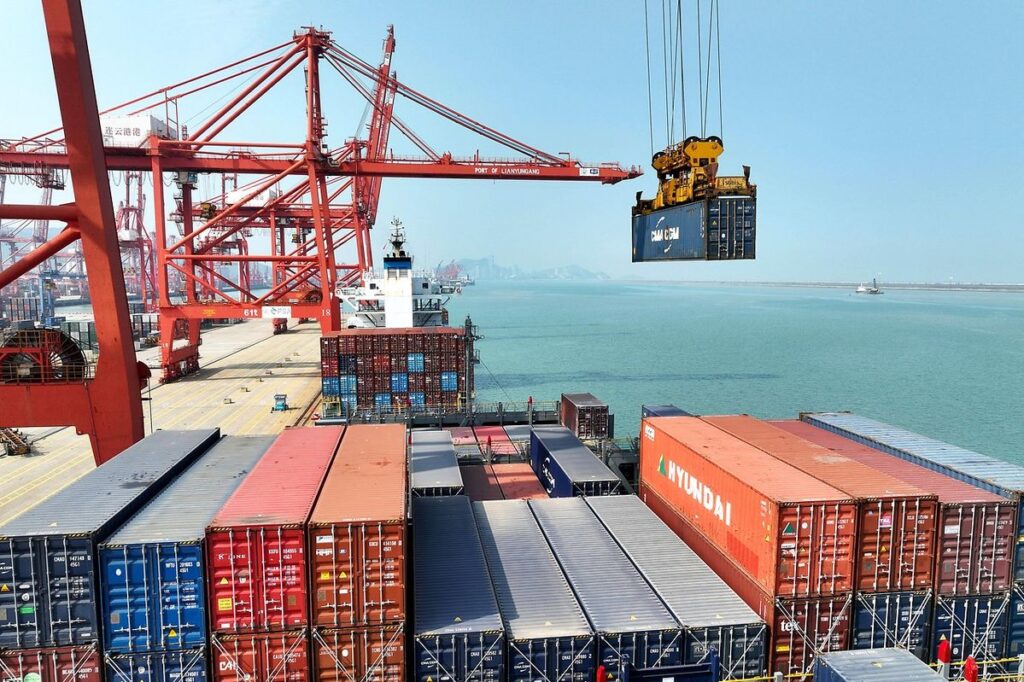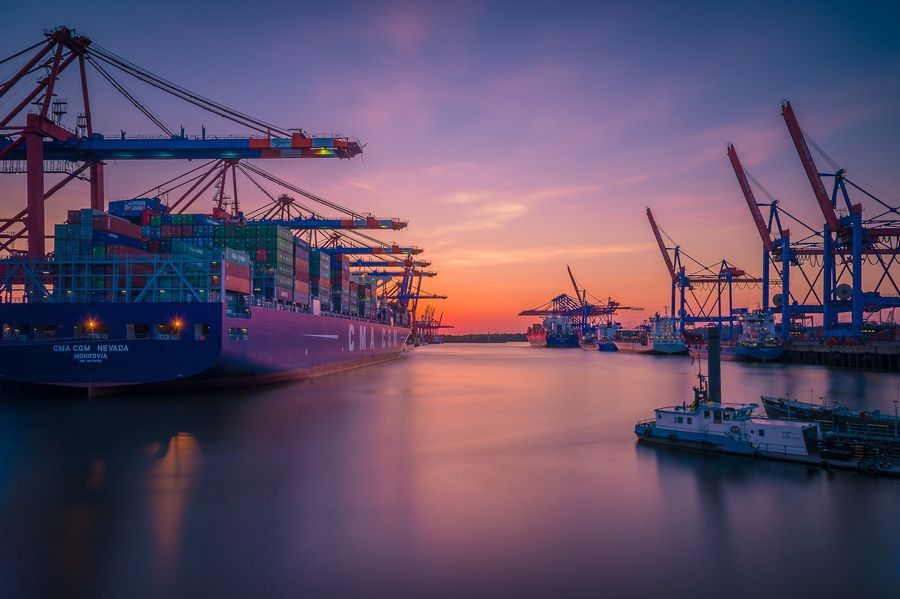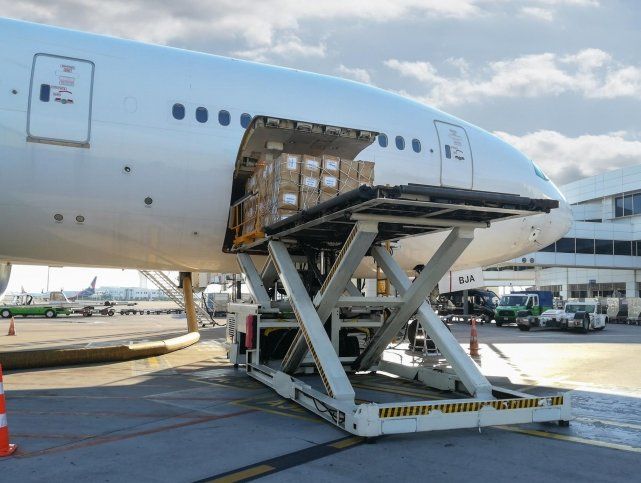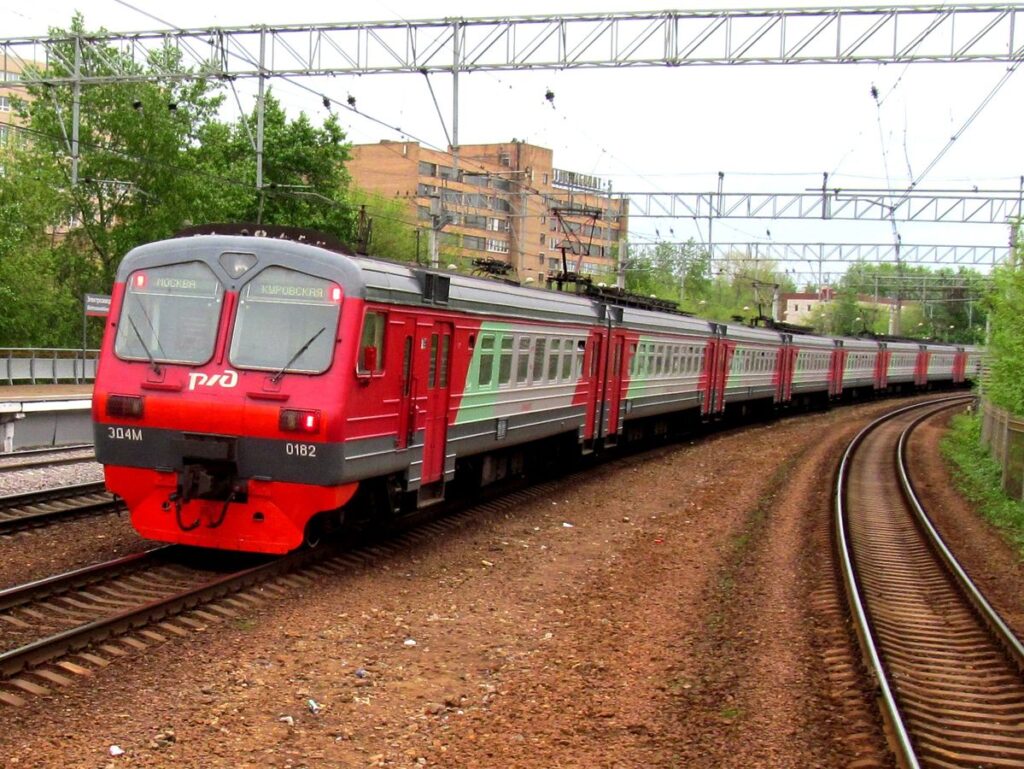- By TOP CHINA FREIGHT
- August 27, 2025
- Shipping
Shipping from China to Denmark is essential for businesses importing electronics, furniture, machinery, fashion items, and e-commerce parcels. But without a solid plan, you risk delays, high costs, and compliance issues. This guide gives you everything you need — from transportation methods to customs procedures — to help you plan efficient and cost-effective shipments.

1.Shipping Options from China to Denmark
Choosing the right method depends on your shipment size, budge
| Method | Transit Time | Best For | Typical Cost |
|---|---|---|---|
| Sea Freight (FCL/LCL) | 30–40 days | Bulk shipments, non-urgent goods | $2,300–$4,800 per 20ft container |
| Air Freight | 5–10 days | Urgent, high-value products | $5–$8 per kg |
| Rail Freight (via Europe) | 18–25 days | Faster than sea, cheaper than air | $3,500–$6,000 per 40ft |
| Express Courier (DHL, UPS, FedEx) | 3–7 days | Small parcels, samples | $6–$12 per kg |
2.Sea Freight: The Most Popular Option

Sea freight is the backbone of shipping from China to Denmark for bulk cargo.
Advantages
- Cost-effective for large volumes.
- Flexible: choose FCL (Full Container Load) or LCL (Less than Container Load).
- Handles all cargo types, including oversized or dangerous goods.
Popular Routes
- Shanghai → Copenhagen (via Hamburg or Rotterdam)
- Shenzhen → Aarhus
- Ningbo → Copenhagen
Pro Tip:
Always book your space 3–4 weeks in advance during peak seasons like Q4 or Chinese New Year.
3.Air Freight: For Urgent Deliveries

Air freight is ideal when time matters more than cost.
Transit Time:
5–10 days
Best For:
- Electronics, fashion, spare parts, or high-value shipments
Airports in Denmark:
- Copenhagen Airport (CPH) and Billund (BLL)
Cost-saving tips:
- Consolidate shipments to lower per-kg rates.
- Use economy air for non-urgent cargo to balance speed and cost.
4.Rail Freight: A Balanced Alternative

Rail freight through the China-Europe route is gaining popularity.
Transit Time:
- 18–25 days
Best For:
- Medium-volume shipments needing faster delivery than sea but at lower cost than air.
Key Routes:
- Chengdu → Hamburg → Denmark or Xi’an → Duisburg → Denmark.
Why Choose Rail Freight?
- Reliable schedules.
- Lower carbon footprint compared to air.
- Better cost-time balance for mid-sized shipments.
5.Customs Clearance in Denmark

Customs compliance is a critical step to avoid costly delays.
Required Documents
| Document | Purpose |
|---|---|
| Commercial Invoice | Declares value and product details |
| Packing List | Specifies weight, volume, and contents |
| Bill of Lading/Air Waybill | Proof of shipment |
| Certificate of Origin | Ensures preferential duty under trade agreements |
| Import Permits | Needed for controlled goods |
Pro Tips
- Use accurate HS codes to avoid fines.
- Submit digital copies of documents to your customs broker before cargo arrival.
- Pre-calculate duties and VAT to plan your costs.
6.Key Ports and Airports
Sea Ports
- Port of Copenhagen – Handles general cargo and containers.
- Port of Aarhus – Denmark’s largest container terminal, ideal for high-volume shipments.
Airports
- Copenhagen Airport (CPH) – Main hub for air cargo.
- Billund Airport (BLL) – Suitable for express and regional air freight.
7.Shipping Costs: What to Expect
Here’s an estimate of typical costs for shipping from China to Denmark:
| Shipment Type | Average Cost |
|---|---|
| 20ft Container (Sea) | $2,300–$4,800 |
| 40ft Container (Sea) | $4,500–$7,800 |
| Air Freight | $5–$8 per kg |
| Rail Freight (40ft) | $3,500–$6,000 |
| Express Courier | $6–$12 per kg |
Cost Drivers:
- Distance and route.
- Cargo type and volume.
- Peak season surcharges.
- Fuel and security fees.
8.How to Save Money on Shipping
Book early to avoid premium rates.
Combine multiple small shipments into one container.
Reduce dimensional weight for air and courier shipments.
EXW, FOB, or CIF can significantly affect your total cost.
Experienced forwarders can help negotiate better rates and minimize risks.
9.Common Challenges and How to Avoid Them
1.Customs Delays:
Always verify HS codes and product classifications.
2.Peak Season Congestion:
Book slots early and consider off-peak shipping.
3.Unexpected Surcharges:
Get detailed quotes that include fuel, security, and handling fees.
4.Poor Documentation:
Double-check all paperwork to avoid costly rejections.
10.Choosing the Right Freight Forwarder

Look for a partner with:
- Experience in shipping from China to Denmark.
- Digital tracking systems for visibility.
- Strong relationships with carriers for better rates.
- Local expertise in both China and Denmark for smooth coordination.
Conclusion
Shipping from China to Denmark doesn’t have to be complicated. By selecting the right transportation method, preparing accurate documentation, and partnering with a reliable freight forwarder, you can reduce costs, minimize delays, and keep your supply chain running smoothly. For tailored advice and quotes, consult a trusted China-to-Denmark shipping specialist to simplify your logistics process.
Need a Shipping Quote?
If you want expert guidance and peace of mind, our team is ready to assist.
TJ China Freight offers tailored solutions to help businesses of all sizes ship more reliably from China.
FAQs
Q1:How long does shipping from China to Denmark take by sea?
Sea freight usually takes 30–40 days, depending on the origin port in China and the destination port in Denmark. Transit times can vary during peak seasons or due to port congestion.
Q2:What is the cheapest way to ship goods from China to Denmark?
Shipping by sea, especially using a full container load (FCL), is generally the most cost-effective method for bulk cargo. LCL is suitable for smaller shipments but can be more expensive per unit.
Q3:Can I ship perishable goods from China to Denmark?
Yes, perishable goods can be shipped by air freight or refrigerated sea containers (reefer containers). Proper temperature control and documentation are essential to prevent spoilage.
Q4:What documents are required for customs clearance in Denmark?
You need a commercial invoice, packing list, bill of lading/air waybill, and certificate of origin. Some products may also require import permits or special certificates depending on Danish regulations.
Q5:Are there hidden fees when shipping from China to Denmark?
Yes, additional charges such as port handling, customs clearance fees, fuel surcharges, and documentation fees may apply. Always request a detailed quote from your forwarder.
